Despite the cold, windy weather I wanted to take my Canon 7D to the beach (though the manual stresses not to get sunscreen on it, which is a bit random). We arrived at Phillip Island in the late afternoon when the light was soft and the tide was exposing the rockpools and wriggly critters that the shorebirds enjoy eating. After my first flurry of shots I got fussier: I wanted interesting poses, or food in the bill, or a splash of waves at just the right time (which upset the exposure metre) and I realised I liked having their feet in the image and their eyes looking bright.
White-faced Heron (Egretta novaehollandiae)
Canon 7D, 100-400mm L IS USM, AE priority f/8, handheld, natural light
White-faced Heron – with a flash of fish
Canon 7D, 100-400mm L IS USM, AE priority f/8, handheld, natural light
Silver Gull (Chroicocephalus novaehollandiae) – with a soldier crab
Canon 7D, 100-400mm L IS USM, AE priority f/8, handheld, natural light
Sooty Oystercatcher (Haematopus fuliginosus)
Canon 7D, 100-400mm L IS USM, AE priority f/8, handheld, natural light
Sooty Oystercatcher cleared for take-off, Little Pied Cormorant on the runway.
Canon 7D, 100-400mm L IS USM, AE priority f/10, handheld, natural light
Little Pied Cormorant – buffetted by the wind and hanging on with those rubbery feet.
Canon 7D, 100-400mm L IS USM, AE priority f/8, handheld, natural light
Pied Cormorants (Phalacrocorax varius) – by the left, quick march.
Canon 7D, 100-400mm L IS USM, AE priority f/10, handheld, natural light
Australian White Ibis (Threskiornis molucca)
Canon 7D, 100-400mm L IS USM, AE priority f/8, handheld, natural light
Pacific Gull (Larus pacificus) – an in-flight photo even if it barely moved a feather.
Canon 7D, 100-400mm L IS USM, AE priority f/10, handheld, natural light
Then, oh my goodness, Hooded Plovers! They are utterly delightful and sadly endangered and there were 3 adults and 2 juveniles. I was amongst the rockpools looking back towards the beach when they came towards me and I took hundreds of photos, many of which are virtually identical: blurred and poorly lit, but every opportunity I had to press the shutter button was exciting.
Hooded Plover (Thinornis rubricollis) – running and bobbing and pecking at tiny invertebrates.
Canon 7D, 100-400mm L IS USM, AE priority f/8, handheld, natural light
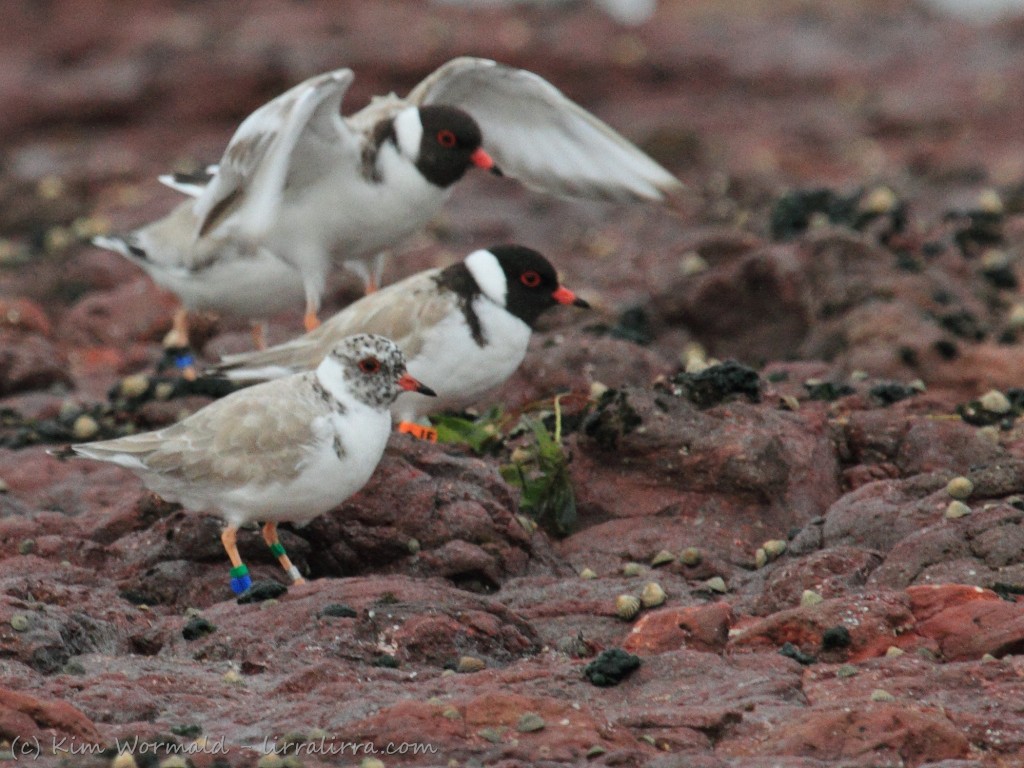 Hooded Plover – juveniles are flightless for 5-6 weeks after hatching and are very vulnerable.
Hooded Plover – juveniles are flightless for 5-6 weeks after hatching and are very vulnerable.
They gradually develop the black head, hindneck and front of mantle of the adult birds.
Canon 7D, 100-400mm L IS USM, AE priority f/8, handheld, natural light
Much work is being done to increase Hooded Plovers’ chances of successfully raising chicks. Many people respect the notices regarding the safety of the hoodies but others don’t seem to understand that they or their dogs could crush eggs or nestlings without even knowing they had done so.
I spent hours on the beach, sitting on rocks with my bare feet in the pools, and capillary action causing the cold ocean to soak my jeans. The wind became blustery, buffetting the lens and me, and making it increasingly difficult to focus on the bird, let alone the bird’s eye; shivering made it harder still. And then, with the Hooded Plovers darting around in little bursts of exuberance I started to laugh… it’s a wonder anything was in focus. I was tired, cold and wet and there nowhere in the world I’d rather have been.
Happy birding, Kim
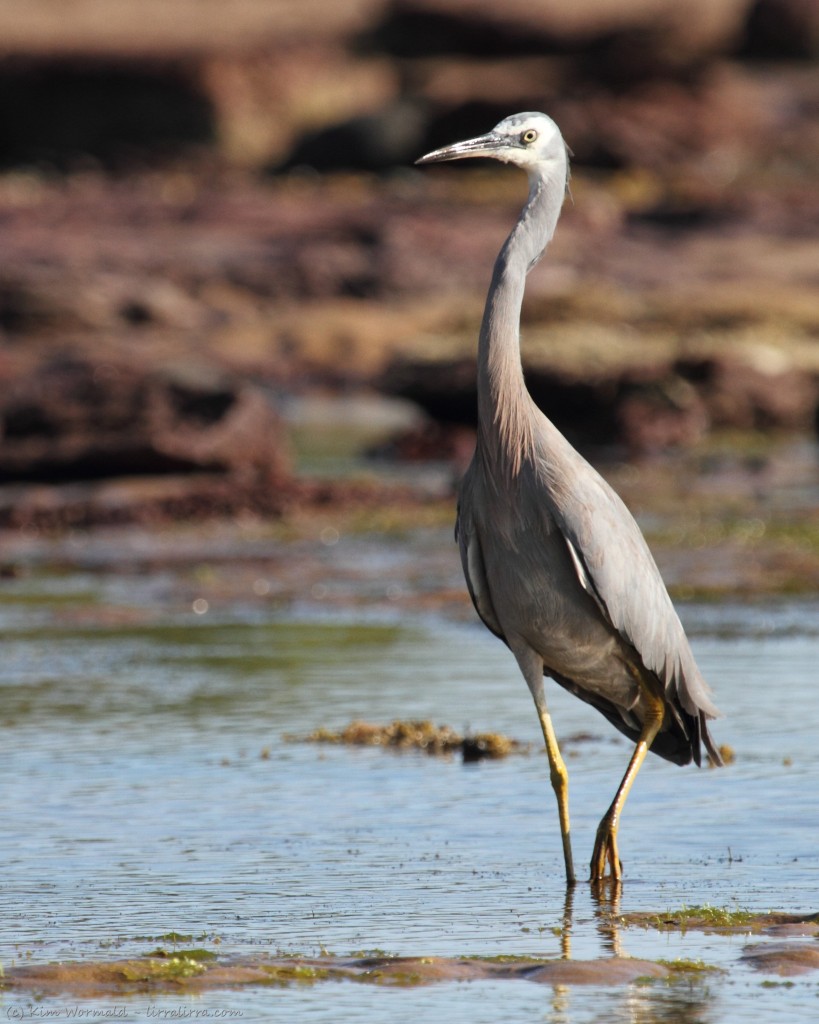

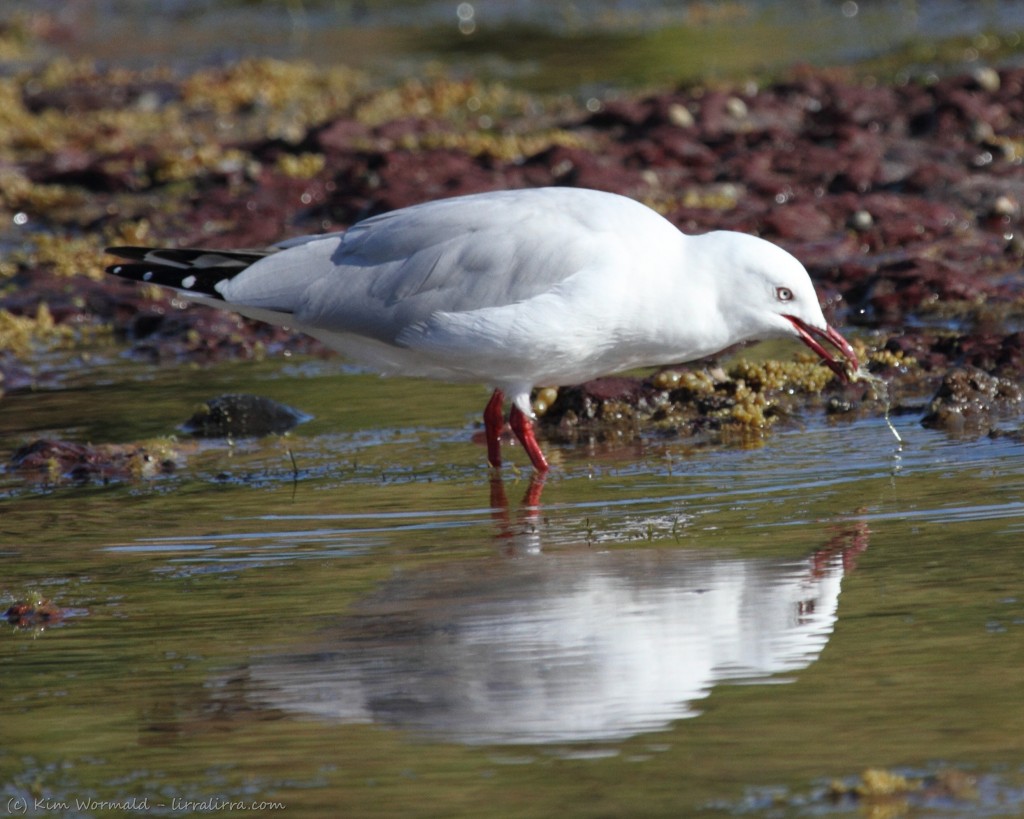
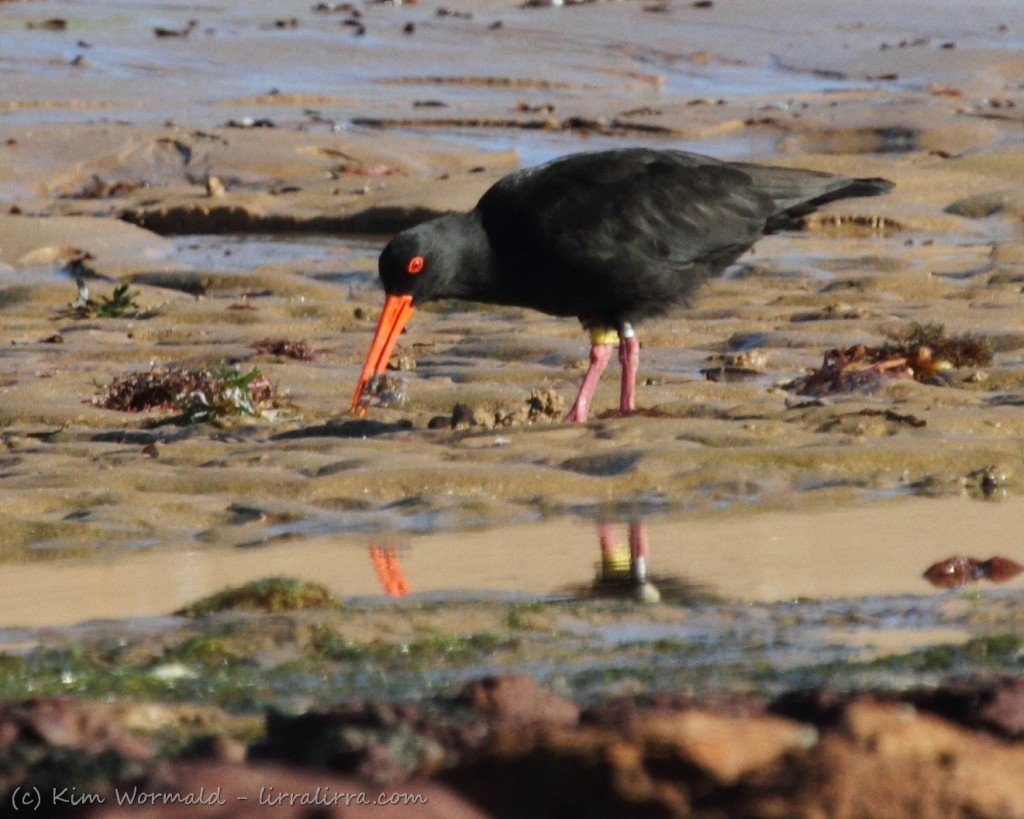
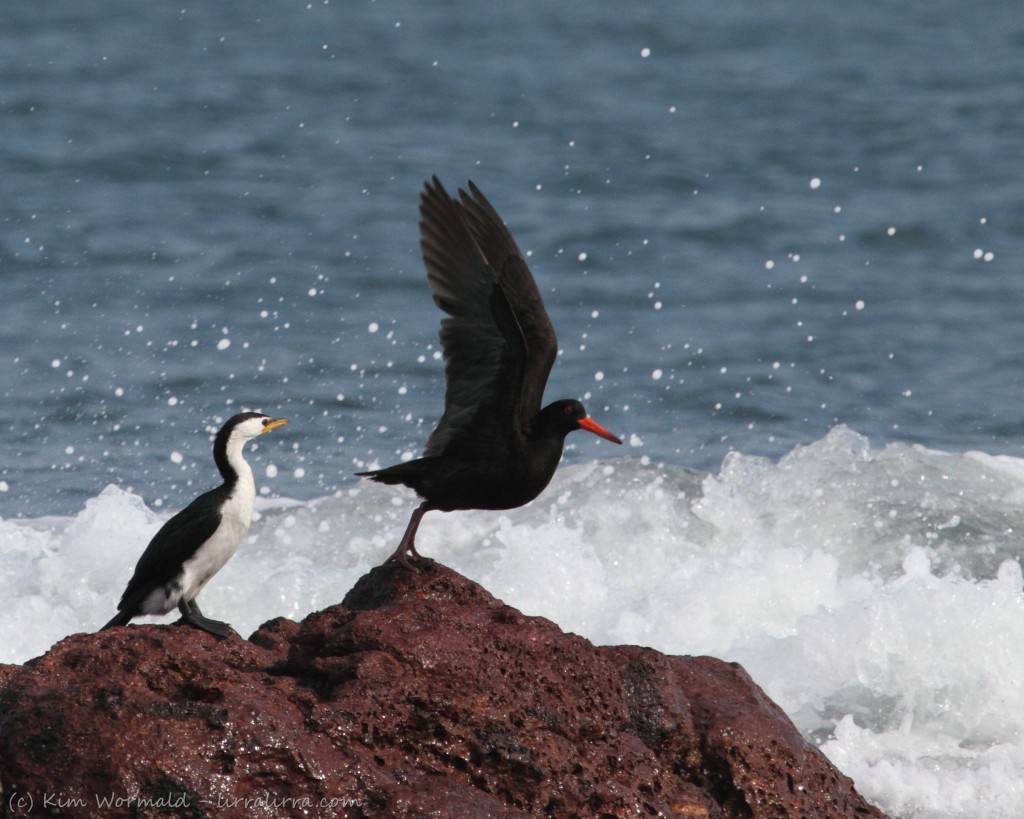
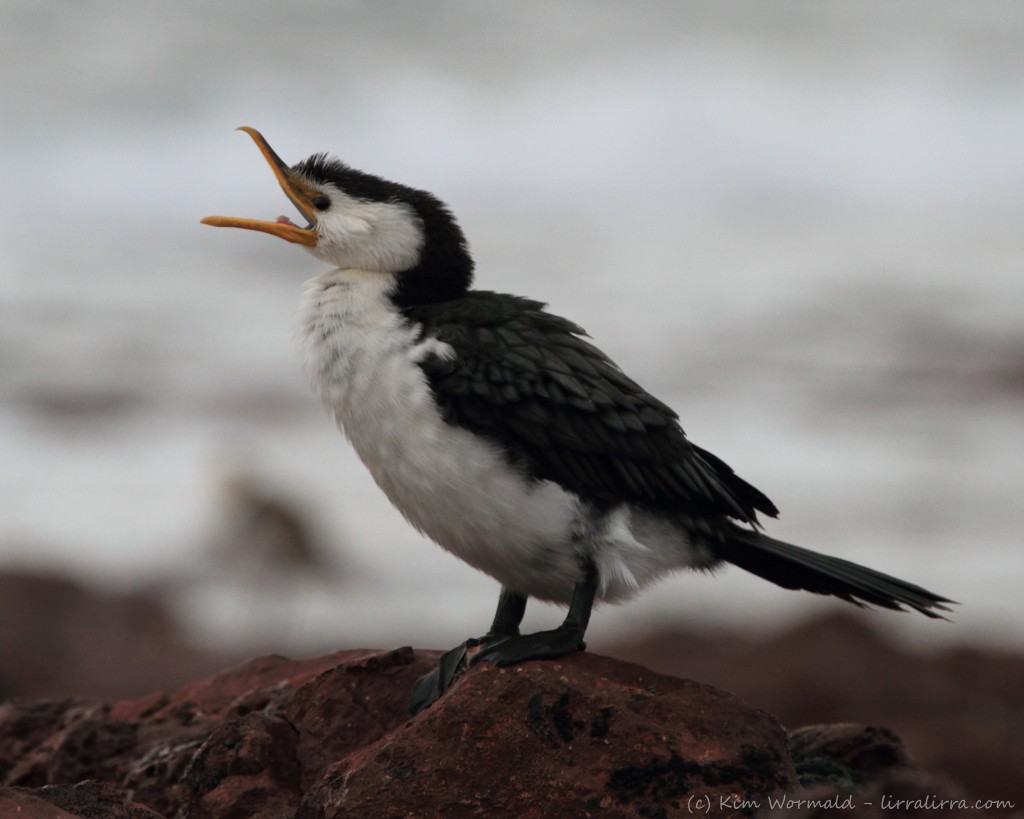
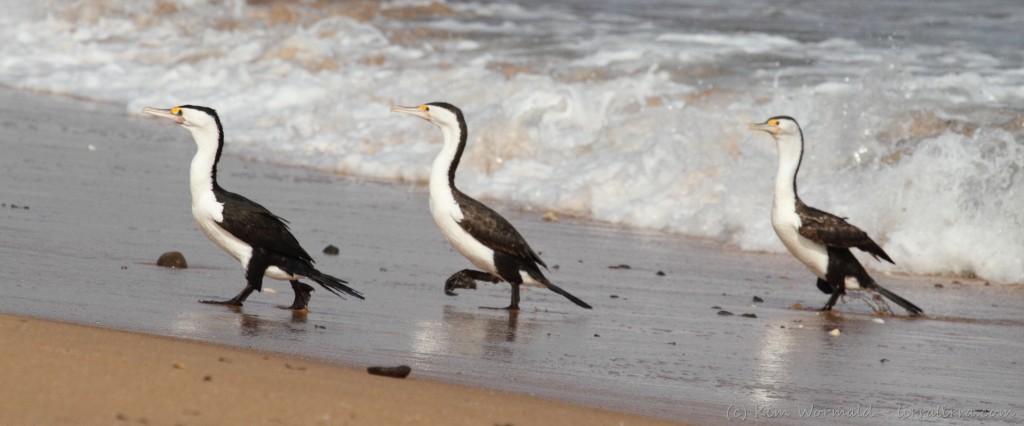
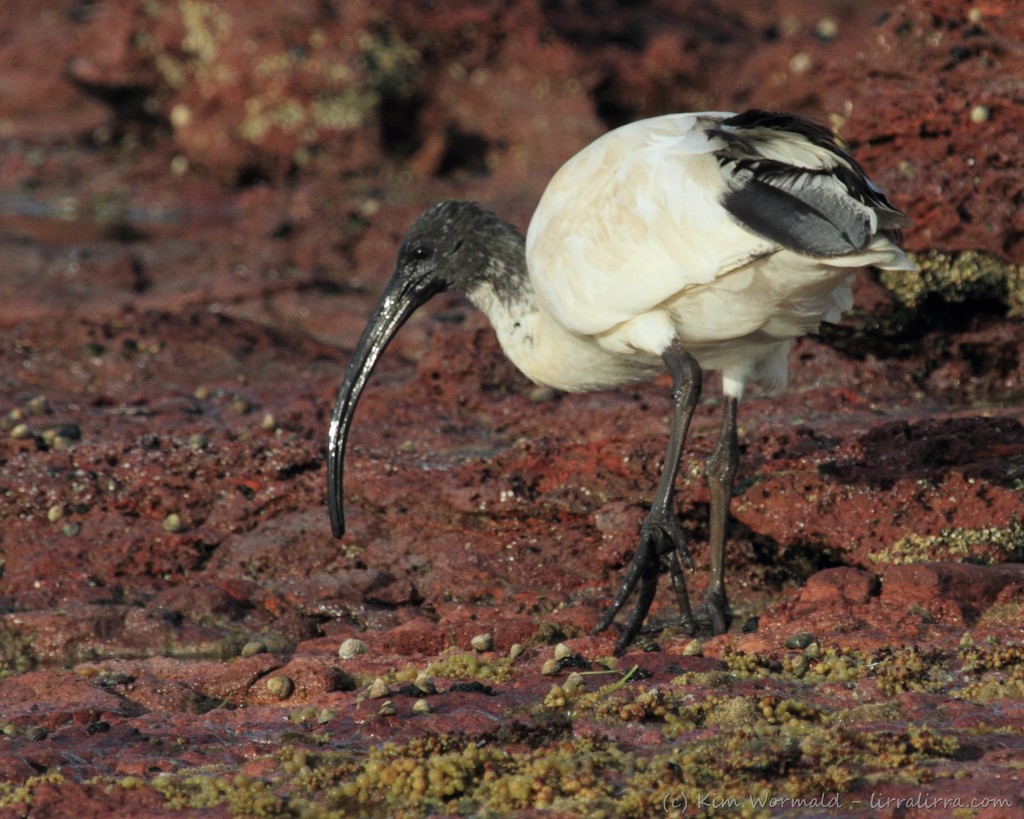
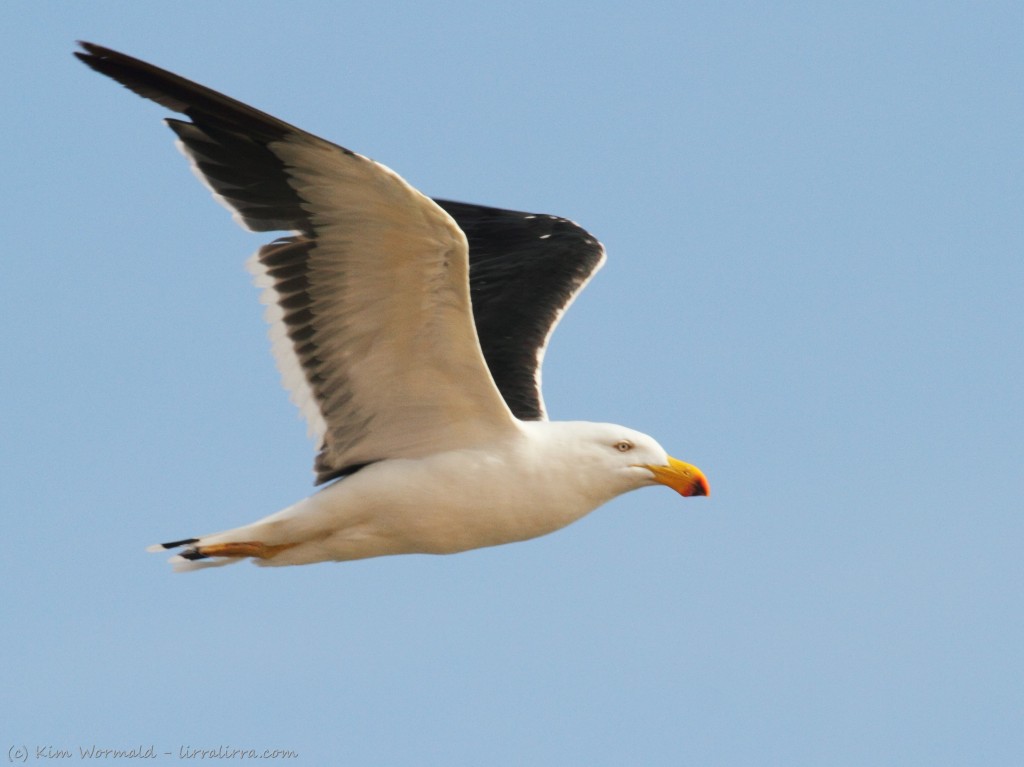
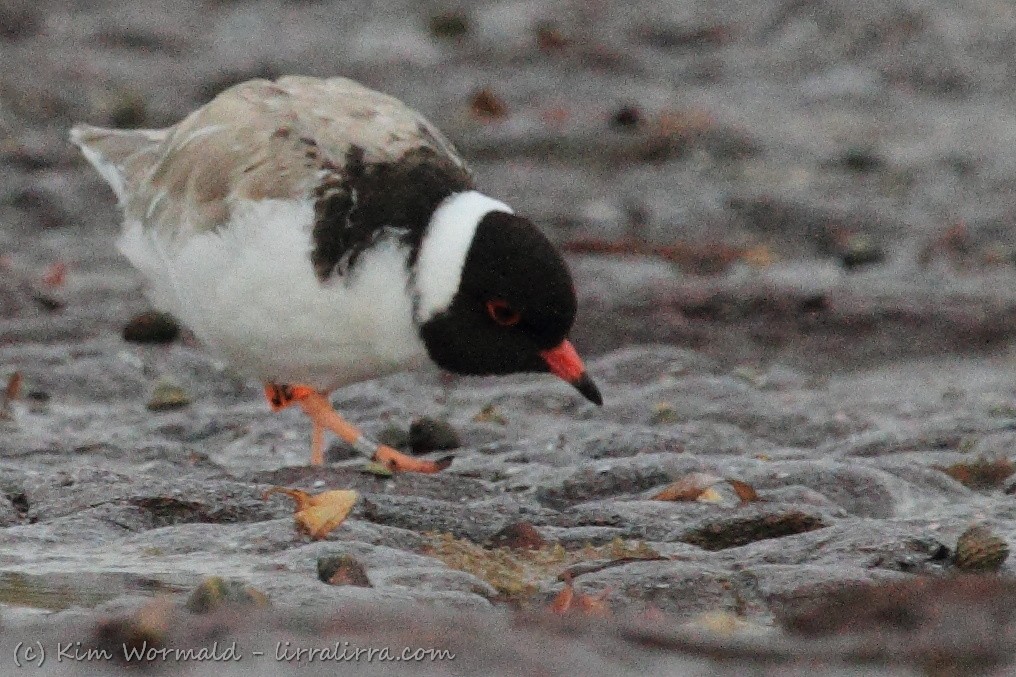

Leave a Comment